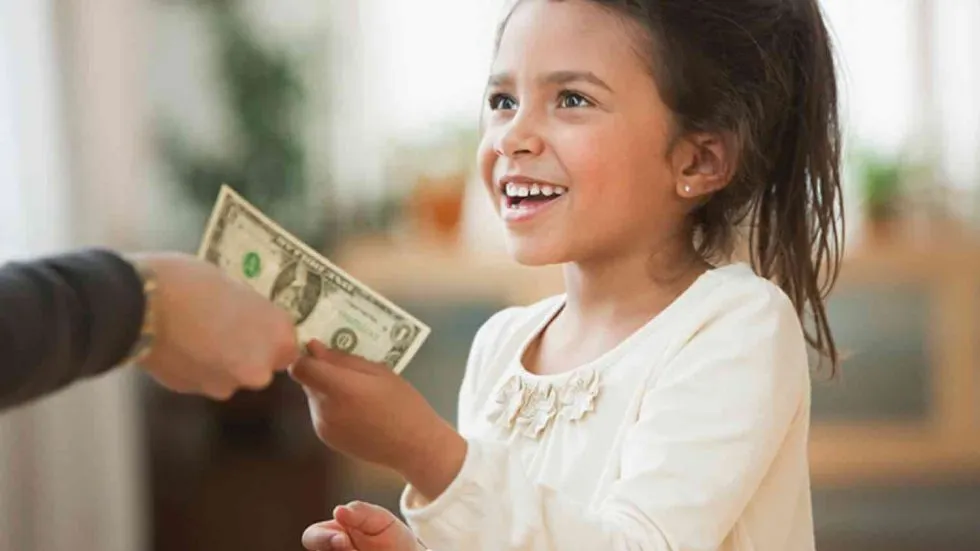I was recently chatting with my sister who is working in a school with elementary children here in San Francisco. She often shares stories of the students in her class who are diagnosed with autism with me. I was talking about the difference of embedding the child’s interest vs. using them as an incentive. Embedding is the real key to long- term success but an incentive plan may be necessary and should remain an available tool. Using as an incentive can consist of the child earning an object or an activity for doing almost any task that you are asking. Embedding is much more about infusing
the interest into almost everything and more specifically a matter of using the following steps:
1. Infuse the interest in all of your conversations with your child or student.
2. Show your own interest and excitement for the same interest.
3. Infuse into the lesson plan at whatever level is possible.
4. Make sure the activity and experience around the activity and interest are evolving.
See, we become hyper focused on punishment and reward systems when working with students with autism. I am speaking of using punishment as a removal of the reward, not as most of the world uses punishment. As stated above, there are times where this is necessary. I have recommended a punishment system with some children who have extreme behavior and are in jeopardy of not being able to live at home! In this case, we need to give them a jolt. When we are hyper-focused though, we forget that our attention can be rewarding. Many ofyou might say, “oh I use attention all the time” but I am talking about a different kind ofattention, attention with the child’s interests embedded and infused.
When we engage on this level, we are rewarding on levels never before accessed by either side.We bring in so much more than throwing the child a toy, candy or a “good job!” The child getsto learn that someone else has an interest in their topic. They get someone who actually listens! We might think we are listening but at what level?
I want to end with emphasizing when you infuse you really infuse, it’s not just an occasionalaction. Here are some examples I came up with to demonstrate what I’m getting at:
- When your child loves trains, asking questions likeo “What kind is your favorit
- Saying, “I like the ones that…..”
- Or Saying, “Hey it’s the kid who loves…..!”o “pretend it’s your favorite…….!”
Here is a video on reinforcement, I recently made.
The more I infuse the child’s interests with whom I am speaking with, the more I understandjust how powerful of a tool this is. Additional info at https://facebook.com/voglautismmethod

